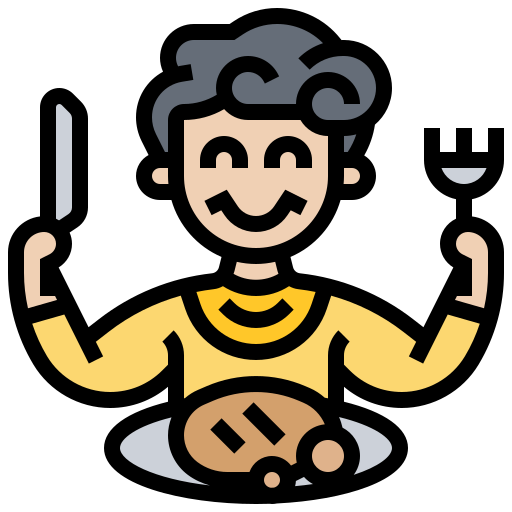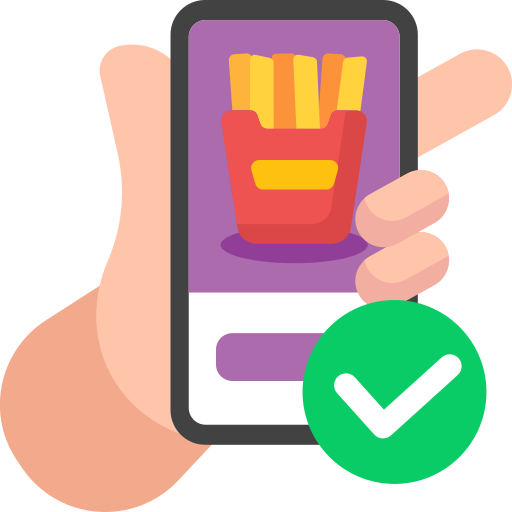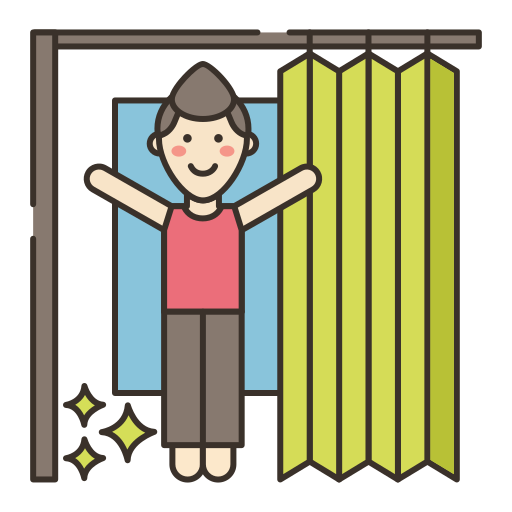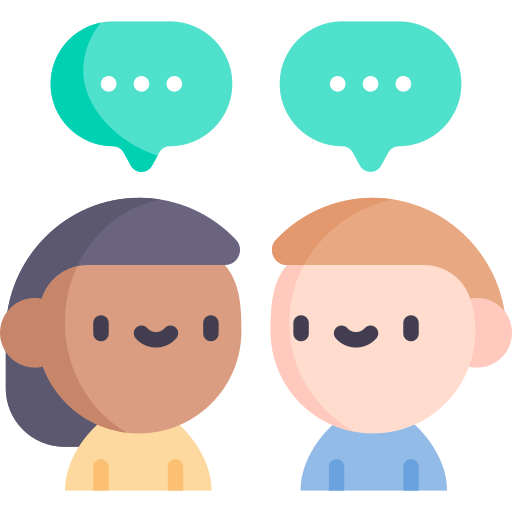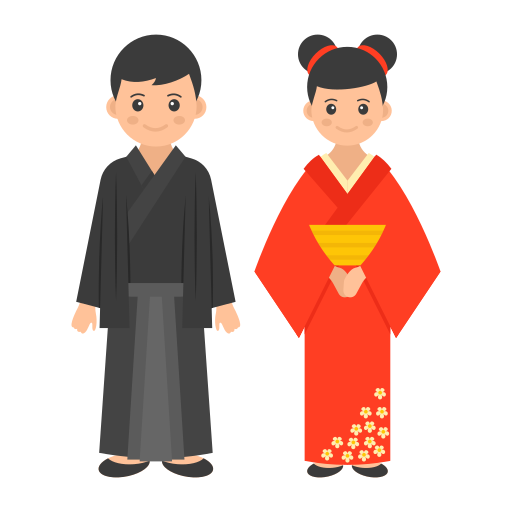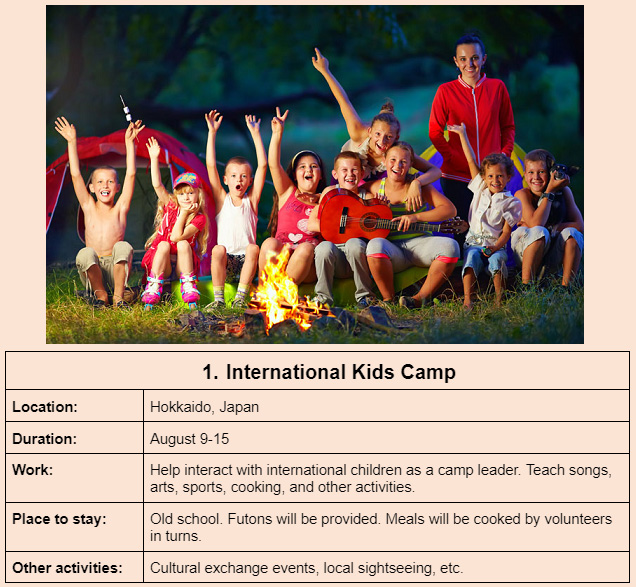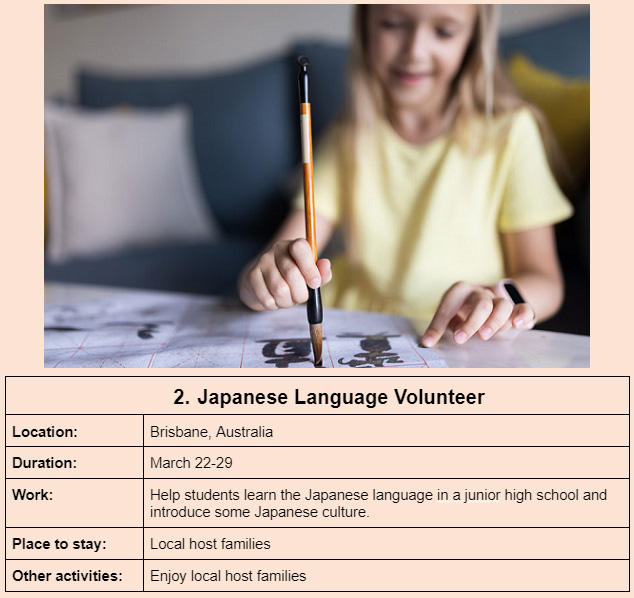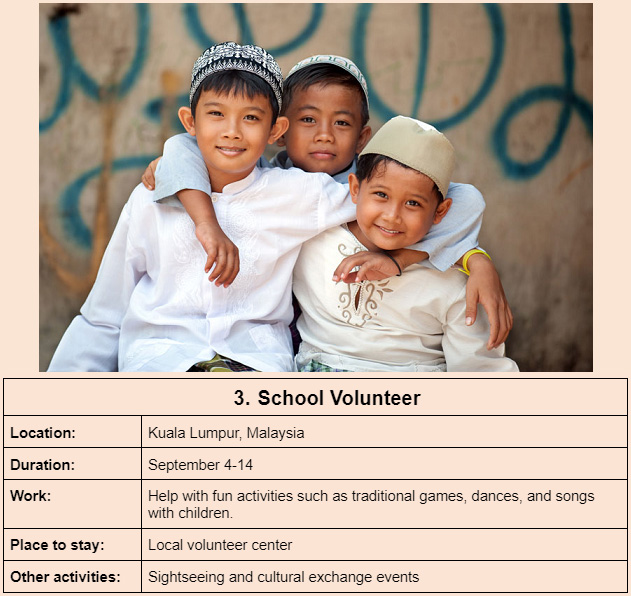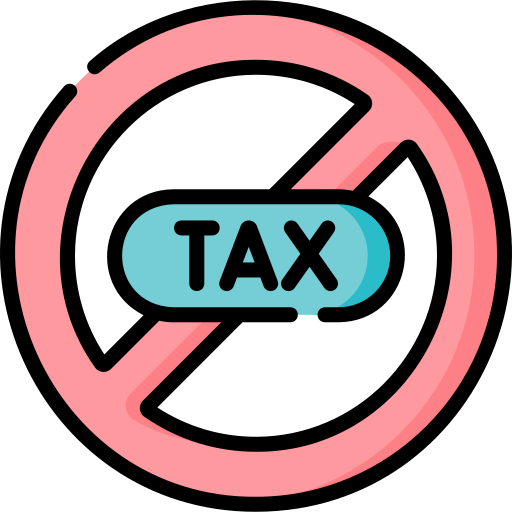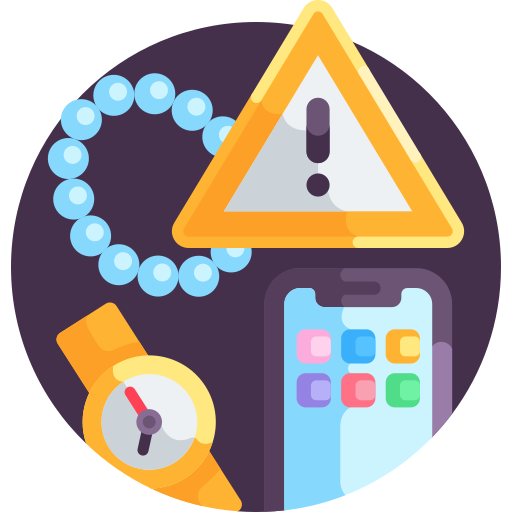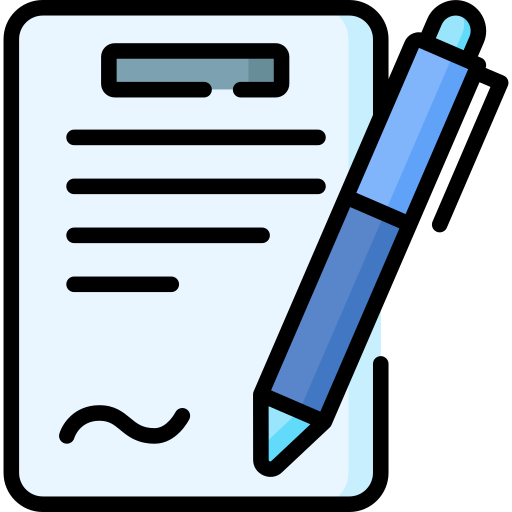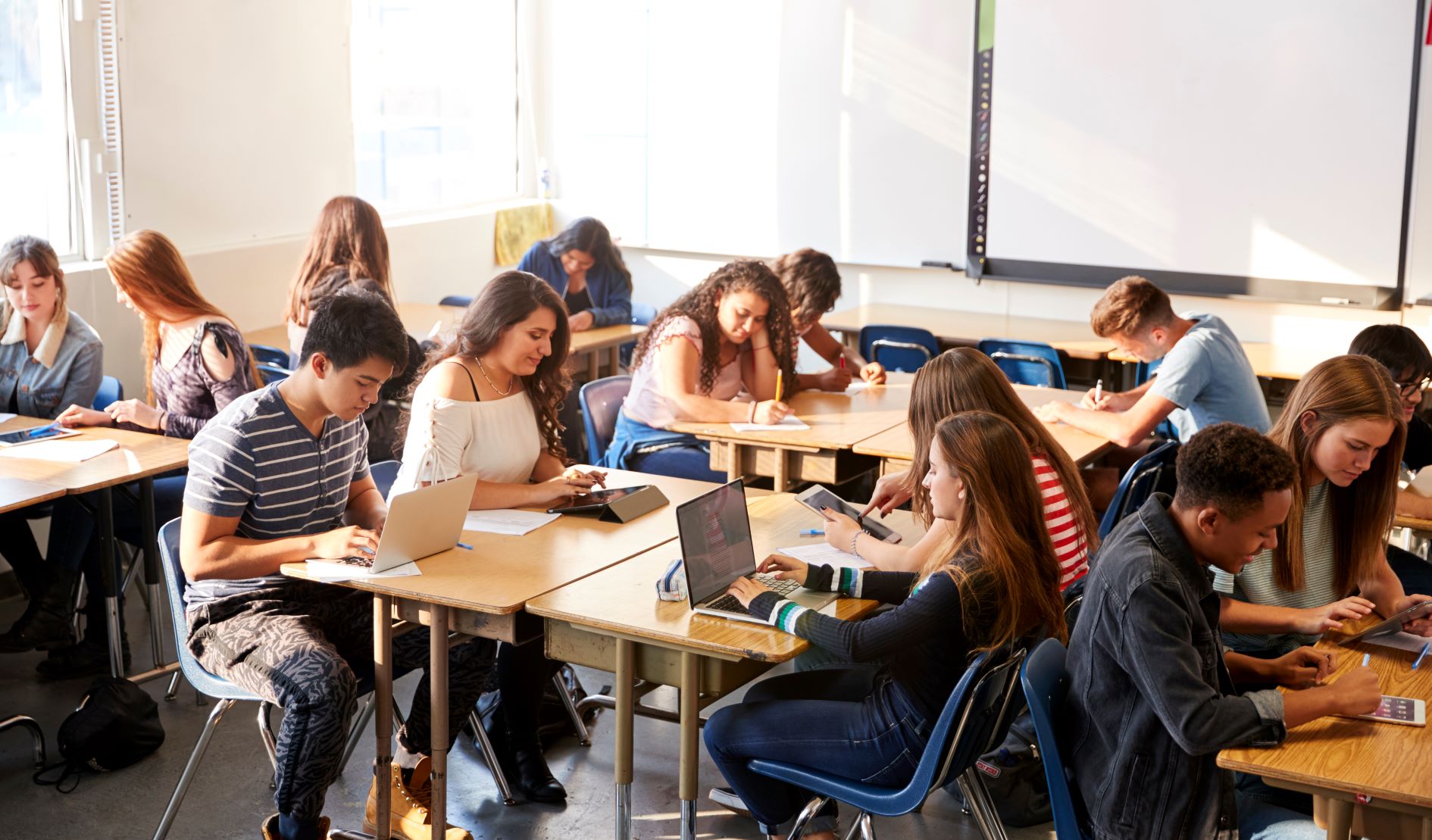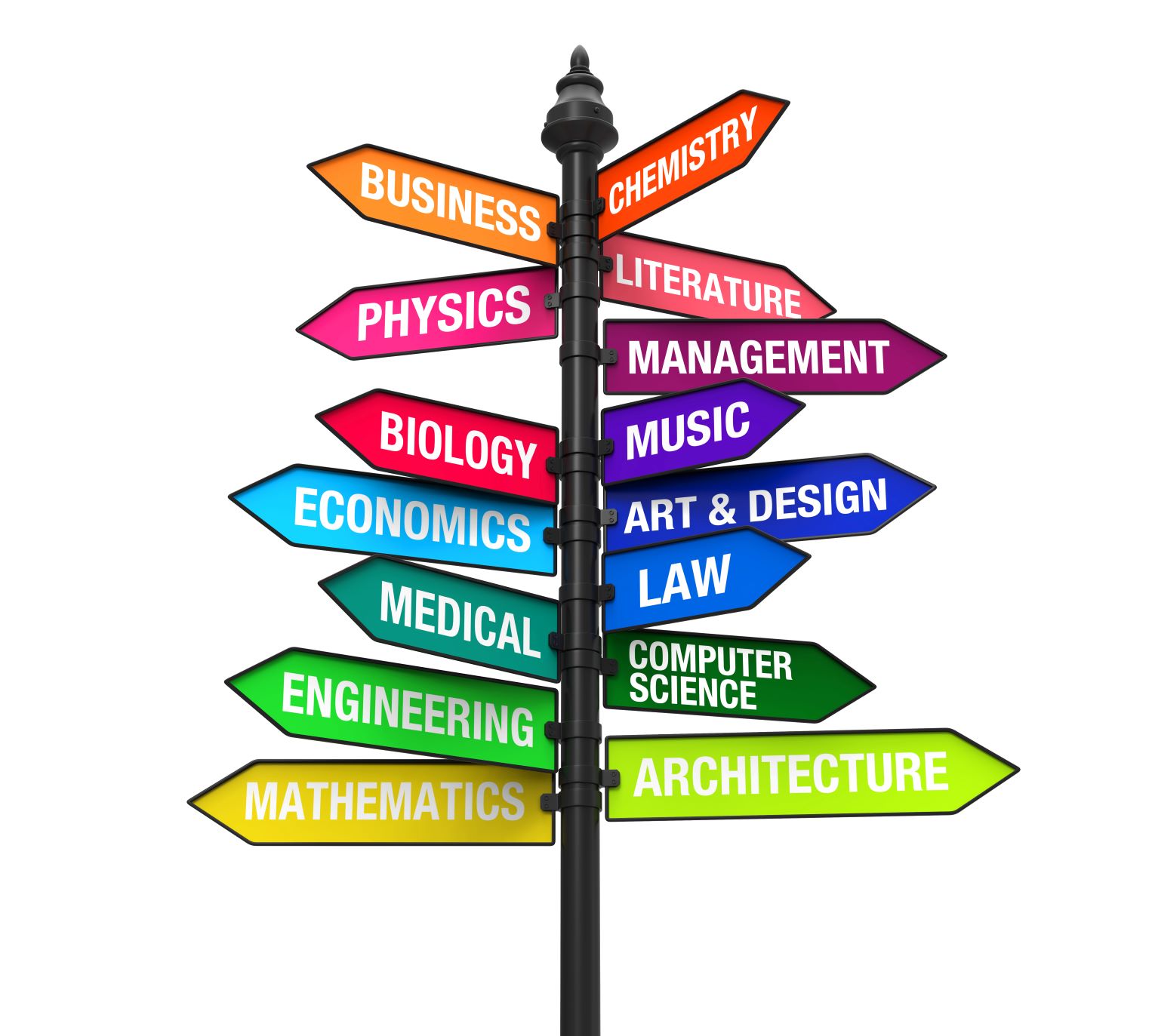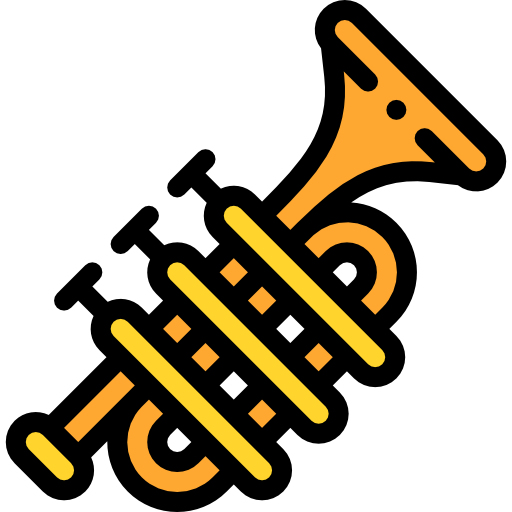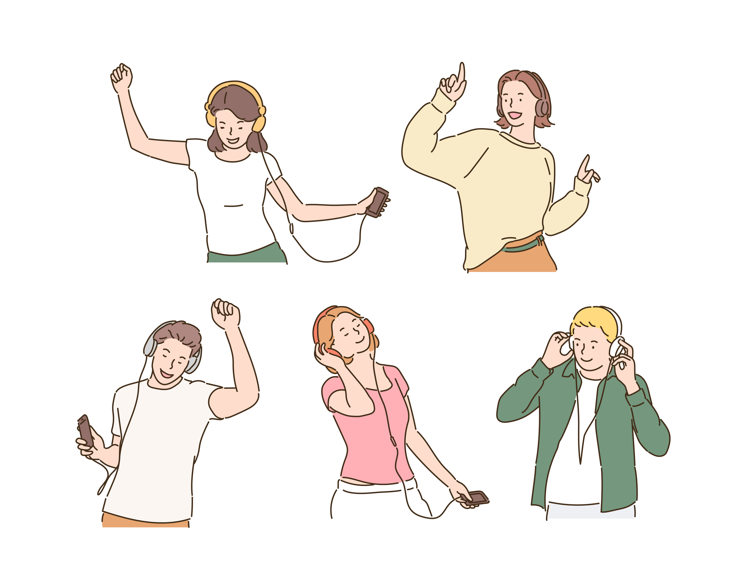Part A Self Introduction



| Answer: |


 |
independence
独立
|
 |
violence
暴力
|
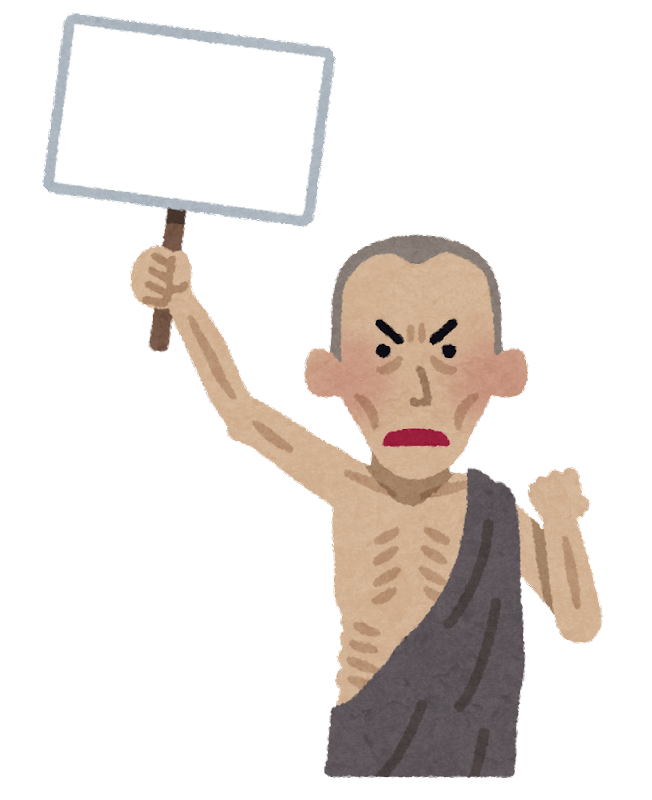 |
fight
戦う
|
 |
protest
抗議する
|
 |
tough
つらい、厳しい
|




First, please tell me about him/her. Please see the sample below.
例を参考に答えてみましょう。
Person you respect: my father
What he/she did: became a doctor at 30
What kind of person he/she is: kind and patient
What you think of him/her: role model


| 1. | Who do you respect? |
| Answer: |
| 2. | What did he/she do? |
| Answer: |
| 3. | What kind of person is he/she? |
| Answer: |
| 4. | What do you think of him/her? |
| Answer: |

Now, let’s organize your ideas. Please tell me about the person you respect. First, please read aloud the sample sentences below.
それでは、あなたの考えを整理してみましょう。あなたが尊敬する人について教えてください。下の例を読んでください。
| Sample | The person I want to be like is my father. He became a doctor at 30 years old. He is kind and patient. He is my role model. |


| (who): The person I want to be like/The person I respect is ___________________. (what he/she did): She/He _____________________. (what you think of him/her): I think ______________________. She/He is ___________________. |




|
TUTOR:
|
That was an interesting presentation! |
|
STUDENT:
|
Thanks. Gandhi is a man who has influenced many people around the world. |
|
TUTOR:
|
He worked for Indian independence, right? |
|
STUDENT:
|
Yes. Do you know how he did it? |
|
TUTOR:
|
No, how did he do it?? |
|
STUDENT:
|
He never used violence. Many people who fight for human rights still respect him. |
|
TUTOR:
|
I want to know more about him. |
|
STUDENT:
|
He also went on fasts to protest. |
|
TUTOR:
|
What does “fast” mean? |
|
STUDENT:
|
It means eating little to no food. |
|
TUTOR:
|
Oh, that sounds very tough… |


|
STUDENT:
|
That was an interesting presentation! |
|
TUTOR:
|
Thanks. Gandhi is a man who has influenced many people around the world. |
|
STUDENT:
|
He worked for Indian independence, right? |
|
TUTOR:
|
Yes. Do you know how he did it? |
|
STUDENT:
|
No, how did he do it?? |
|
TUTOR:
|
He never used violence. Many people who fight for human rights still respect him. |
|
STUDENT:
|
I want to know more about him. |
|
TUTOR:
|
He also went on fasts to protest. |
|
STUDENT:
|
What does “fast” mean? |
|
TUTOR:
|
It means eating little to no food. |
|
STUDENT:
|
Oh, that sounds very tough… |





| 1. | What did Gandhi work for? |
| Answer: |


| 2. | Why is Gandhi respected by people who fight for human rights? |
| Answer: |





| 1. | What do you think about Gandhi? What did you learn about him? |
| Answer: |


| 2. | Can you tell me about the person who has influenced you? |
| Answer: |


| 3. | Do you think you can do “fast”? |
| Answer: |


| 4. | Who do you respect among your friends? Why do you respect him/her? |
| Answer: |






| Answer: |


| Answer: |




